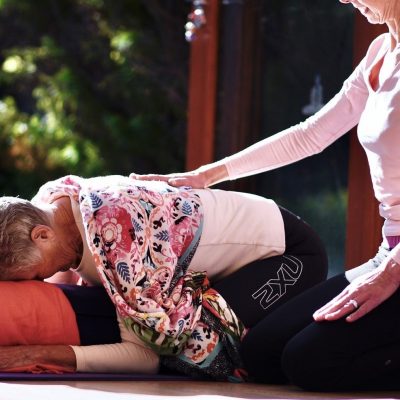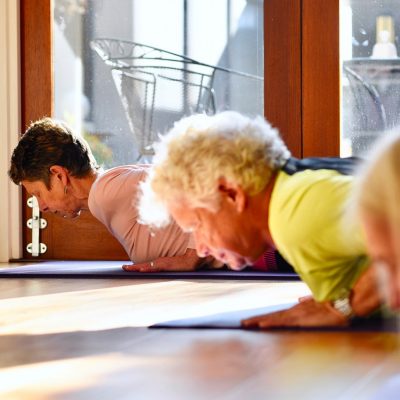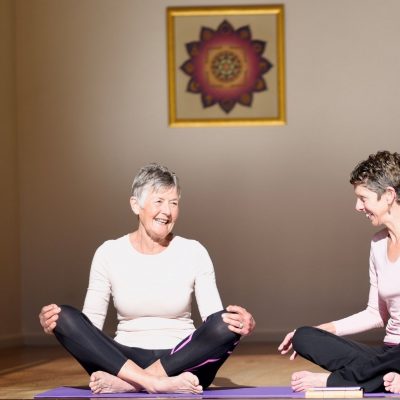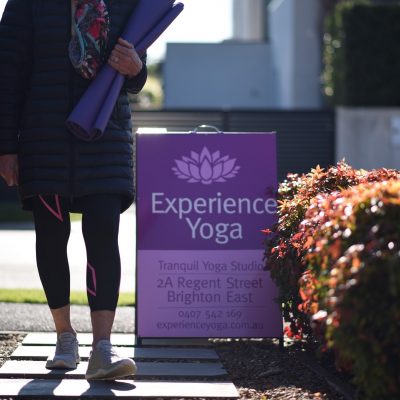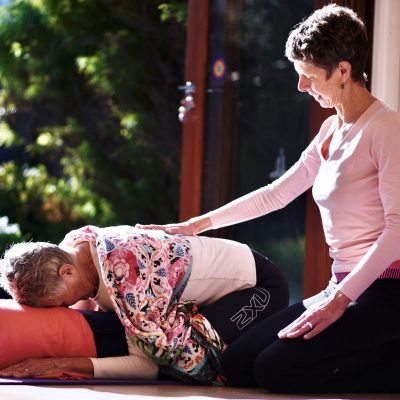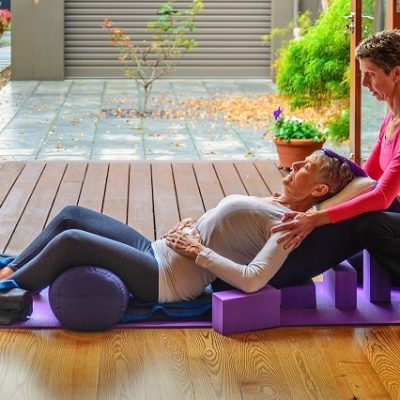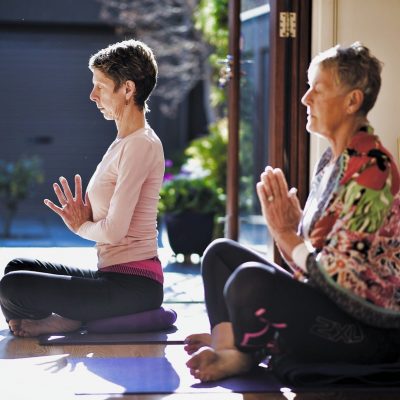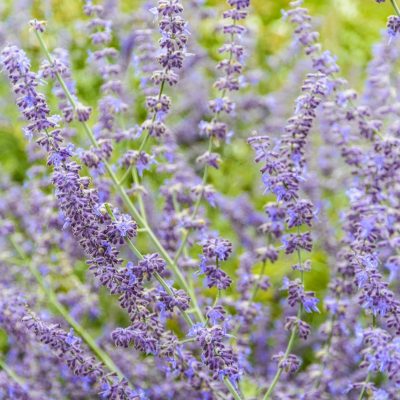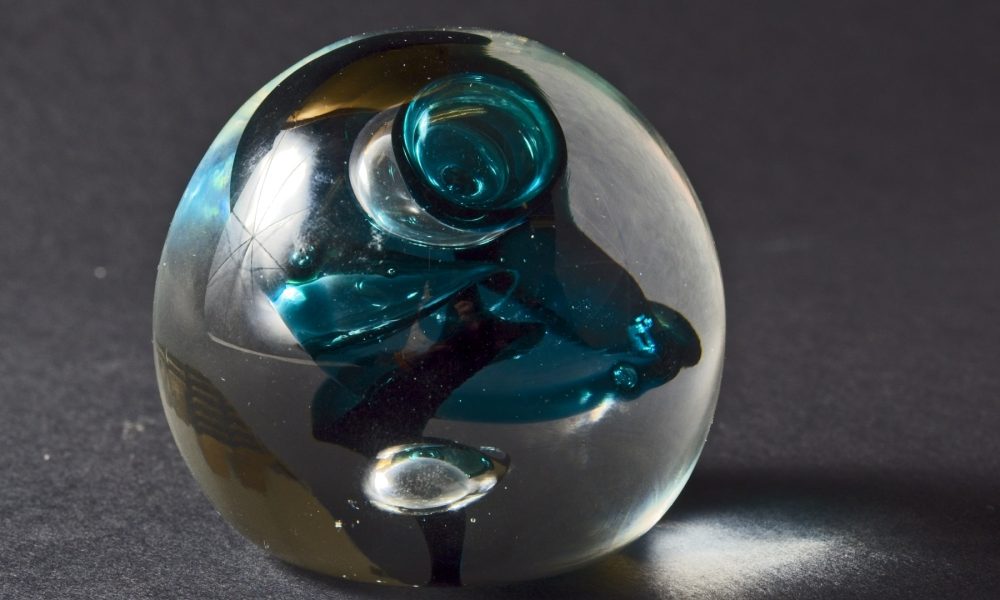Kintsugi is an ancient Japanese craft that uses golden lacquer to restore broken ceramics. The essence of kintsugi is the focus on life’s hidden beauty. Most of all, the power of transforming something broken into a beautiful masterpiece.
Like fine china, we are all susceptible to pressures, knocks and fractures! Furthermore, we often try really hard to hide these imperfections. We believe they are something wrong, something others won’t like or accept.
Kintsugi means golden rejoining, golden repair. By repairing the breaks with gold, the piece often becomes more beautiful.
There are three steps to kintsugi, which align with transforming something fragile into something authentic:
1. Making the impossible possible
Putting aside our self-defeating beliefs and behaviours is synonymous with this Japanese art form. It is to find a way beyond the obvious, to create something whole again. Often the opportunity is right in front of our nose, but our storylines about ‘misfortune’, ‘being unworthy’ get in the way.
Quiet time in nature, meditation, easeful asana invite us to move into the now, into what is possible. It invites us to see fortune in misfortune and to remember that no-one or nothing is perfect.
2. Preparing the medium
Preparing the gold to re-join the broken ceramic pieces is a fine balance of ingredients, not too soft, not too hard. In our healing process, a delicate balance is also required. If we have too many expectations, move too quickly, we place too much pressure on ourselves. There will be setbacks and we need to be open time and time again to ’cure’ the delicate pieces back together. Tugging too soon on the new repairs is also tempting however not advised!
Preparing the ground for change can be like preparing the field for a new crop. We can explore different techniques, consider something new, examine unexplored parts of our life…
3. Re-experience each broken piece
Engaging in the reconstruction process to create the shape, position, and form of the piece is the final stage of kintsugi. As each piece is transformed, as in ourselves, we move from broken to beautiful. Every sharp fragment is carefully handled to avoid getting ‘hurt’ again.
This is a sacred process of re-experiencing the pieces of ourselves that make us a stronger and beautiful Self. Our ‘body’ may have been broken, however, we are more than the body. We are a precious container for our soul, our Spirit.
On a personal note: A dear fellow yoga teacher reminded me of this art form in our shared morning practice this week. On researching further, kintsugi fully resonates with my many and continued months of healing. My 3 steps to kintsugi are:
- Making the impossible possible – accepting the knowledge and support of others
- Preparing the medium – creating meaningful inner dialogue, to bring wholeness
- Re-experience each broken piece – letting the gold shine, even when limping, on crutches..

